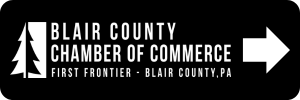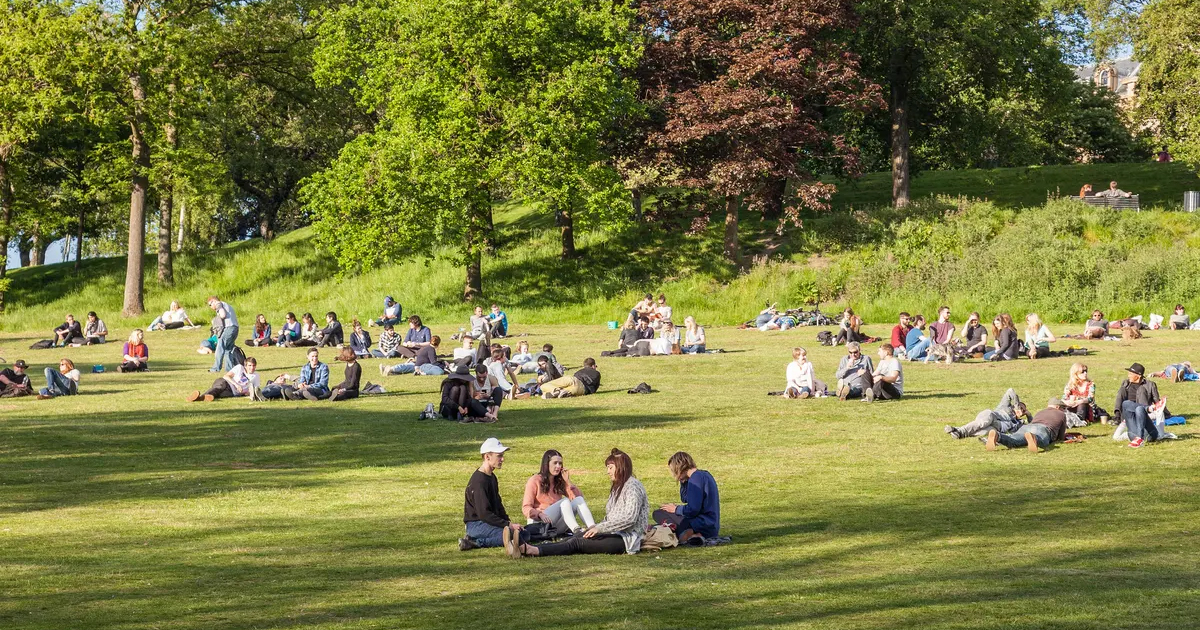Economic developers work hard to attract businesses to our communities. And when I say business, I really mean people. I’ve never seen a “Business” cycling on a trail, walking into a coffee shop, or sending their kids to school for that matter. People start businesses. People work for corporations and invest in our communities.
Yet the old approach to “business attraction” is less about people and more like searching for a faceless corporate stone in a far-away boulder field. We attended distant trade shows and placed ads in magazines hoping for the next big ribbon cutting.
Meanwhile, in our own back yard, it is likely that key decision makers, entrepreneurs, and potential future workforce members are having fun on a near-by trail, lake, or ski slope. They are visiting our breweries and staying in hotels all while gaining an impression (hopefully a good one) of our community. They may even ask themselves, “Could I live or work in this community?” I know I have asked that question many times while visiting new places. If I were connected to the right resource, who knows where the conversation could go; and me for that matter.
Too often our parks, trails, slopes, and waterways are thought of only as tourist destinations. It’s time to change that thinking. Active outdoor recreation is a fundamental and highly valued community and economic development asset. Here are three key reasons why:
One: They Attract and Retain People
Active outdoor assets are unique. Anyone can access them, and they serve to bind community and economic development into a magnetic force, attracting people not only for a visit, but potentially for a lifetime. The pandemic years ironically amplified this reality as forced indoor isolation pushed people outdoors to hike, bike and run like never before; often at places they never have been.
Active outdoor recreation assets bring new people into a community, and they help to keep current residents rooted. Communities fortunate enough to host and promote ski slopes, lakes, rivers, and trails, will attract people from diverse backgrounds and cultures. Communities and economic developers need to leverage that opportunity, communicate with them in an effective way, and ensure they see us for more than just a single fun visit.
Outdoor assets need to be formally and wholistically incorporated into our economic development strategy. That can include simple things like scripted community welcomes at hotels and sharing experiences and stories through cooperative social media strategies. Reinforcing the message that we live in an outdoor loving community can happen through building designs, signage or even local weather forecasts that mention points of interest and positively embrace the change of seasons. These are small and subtle things that can produce a big impact.
Two: They Promote Good Health
Simply put, healthy people equal a healthy economy. The more we promote, use, develop and maintain outdoor assets, the healthier a community will be. Increasingly health indices are used to measure the quality of a place and its long-term viability for business investment. Healthy communities are more sustainable, vibrant, and less burdensome on social services and health care systems. They are more attractive to investors for those same reasons.
Three: It’s Good Business
Last year a Pennsylvania Environmental Council report noted that outdoor recreation “added nearly $14 billion to Pennsylvania’s economy in 2021, a 22% increase from 2020,” making Pennsylvania’s outdoor recreation economy the 6th largest in the country. While that data point is big and tells a significant story, a just as compelling story is playing out on local main street. Beyond the businesses that directly provide outdoor products and services, there are many more main street businesses like trail town coffee shops, breweries, and bed and breakfasts that also benefit from and uniquely shape an outdoor community lifestyle. Our small businesses of all types are not just serving those who live here and visit, they are shaping the experience; they are participants in the process and can be advocates for more investment in our active outdoor assets.
The opportunity to attract more people to smaller outdoor-oriented communities is going to grow. A more mobile work life enables people to live and work in places where they want to live rather than must. Communities of all shapes and sizes are attracting new residents and investment like never before.
The outdoor economy is tourism, but it is much more. It is diverse and integrated into the broader economy. Ensuring that active outdoor assets are at the forefront of our local, state, and national economic development strategies will help ensure many more communities benefit and can proactively manage that benefit for generations to come. Let’s get out there! Have fun, tread lightly while making a big economic impact.



